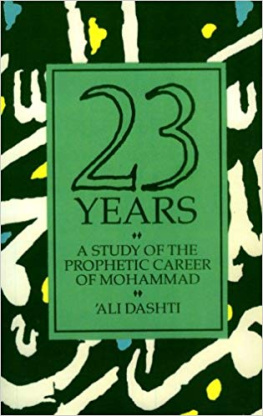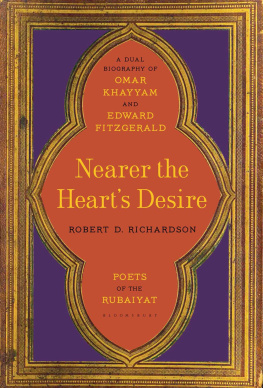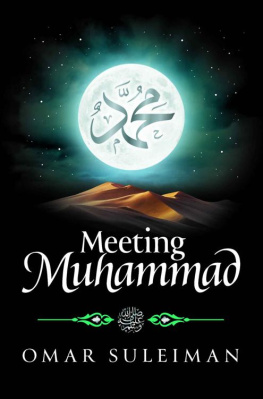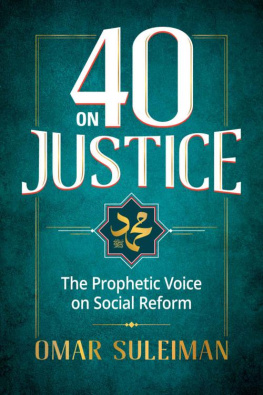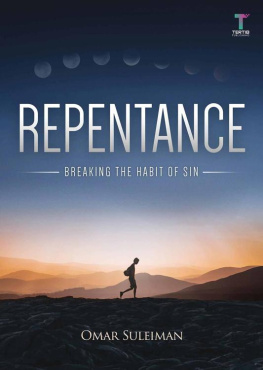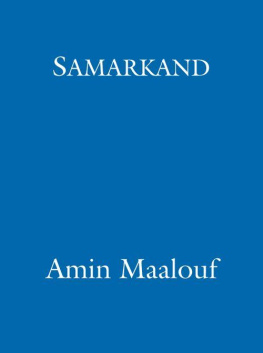First published in English 1971
This edition first published in 2011
by Routledge
2 Park Square, Milton Park, Abingdon, Oxon, OX14 4RN
Simultaneously published in the USA and Canada
by Routledge
270 Madison Avenue, New York, NY 10016
Routledge is an imprint of the Taylor & Francis Group, an informa business
This translation 1971 George Allen & Unwin Ltd
Printed and bound in Great Britain
All rights reserved. No part of this book may be reprinted or reproduced or utilised in any form or by any electronic, mechanical, or other means, now known or hereafter invented, including photocopying and recording, or in any information storage or retrieval system, without permission in writing from the publishers.
British Library Cataloguing in Publication Data
A catalogue record for this book is available from the British Library
ISBN 13: 978-0-415-57033-6 (Set)
eISBN 13: 978-0-203-83010-9 (Set)
ISBN 13: 978-0-415-60851-0 (Volume 12)
eISBN 13: 978-0-203-83309-4 (Volume 12)
Publishers Note
The publisher has gone to great lengths to ensure the quality of this reprint but points out that some imperfections in the original copies may be apparent.
Disclaimer
The publisher has made every effort to trace copyright holders and would welcome correspondence from those they have been unable to trace.
PERSIAN STUDIES MONOGRAPHS
General Editor: Ehsan Yar-Shater
IN SEARCH
OF OMAR KHAYYAM
by Ali Dashti
Translated from the Persian by L. P. Elwell-Sutton
LONDON. GEORGE ALLEN & UNWIN LTD
Ruskin House Museum Street
First published in Great Britain in 1971
This book is copyright under the Berne Convention. All rights are reserved. Apart from any fair dealing for the purpose of private study, research, criticism or review, as permitted under the Copyright Act, 1956, no part of this publication may be reproduced, stored in a retrieval system, or transmitted, in any form or by any means, electronic, electrical, chemical, mechanical, optical, photocopying, recording or otherwise, without the prior permission of the copyright owner. Enquiries should be addressed to the publishers.
This translation George Allen & Unwin Ltd, 1971
ISBN 0 04 891042 0
Persian edition, Dami ba Khayyam, first published by Mo'assese-e Chap va Enteshar-e Amir-e Kabir (Amir Kabu Printing and Publishing Institute), Tehran, 1966.
Copyright reserved by the author.
The Persian Studies Monographs are published under the auspices of the Pahlavi Foundation, Iran.
Printed in Great Britain
in 12 point Barbou type
by W & J Mackay & Co Ltd,
Chatham, Kent.
PERSIAN STUDIES MONOGRAPHS
The Persian Studies Monographs are devoted to works of scholarship which explore and elucidate various aspects of Iranian culture. Initiated with the encouragement of H. I. M. the Shahanshah of Iran, the series is published under the auspices of the Pahlavi Foundation.
EHSAN YAR- SHATER
General Editor
ADVISORY COUNCIL FOR PERSIAN STUDIES MONOGRAPHS
Professor R. N. Faye (Harvard Universiy)
Professor I . Gershewitz (Cambridge University)
Professor G. Lazard (University ofParis)
Professor G. Morgenstierne (University of Hamburg)
Professor B. Spuler (Universiy of Hamburg)
Introduction
It is a literary curiosity of our time that Persian poetry, one of the richest poetic literatures in the world, is known to the West largely through the person of a single medieval writer who, in the opinion of some scholars, never wrote a line of poetry in his life. And even if we discount this last rather extreme view, it still remains true that, compared with other Persian poets, Omar Khayyam was a very minor figure, and that his world-wide fame began quite fortuitously in the West and is still more considerable there than in his own homeland.
This is not just a question of a prophets being without honour in his own country. There are many great Persian poets Ferdousi, Rumi, Sadi, Hafez, Jami, to name but a few whose works are still revered and recited by Persians of all classes. Many others are well known to the literati. Beside all these Omar Khayyams poetic genius, though perhaps not inferior in quality, is certainly vastly less in quantity.
First however let us see what is known of him as an historical figure. Ghiyasoddin Abolfath Omar b. Ebrahim Khayyami was born in Nishapur in the northeast of Persia, where his family had lived for some generations and perhaps, as the surname implies, had at one time engaged in the trade of tent-making. His date of birth, long a matter for speculation, seems finally to have been determined by the Indian scholar, Swami Govinda Tirtha, however, using the same information as Govinda, have convincingly demonstrated that the right date must be 4 December 1131, so that he was eighty-three when he died which accords with the widely-quoted tradition that he lived to an advanced age.
In Nishapur, and later in Balkh, Khayyam received a thorough grounding in the learning of his day, and achieved particular proficiency in the sciences of geometry and astronomy. He himself frequently claims Avicenna as his master, but this cannot mean that he was actually a pupil of the great philosopher, who died in 1037. The legend that he went to school with the Grand Vizier Nezamolmolk and the leader of the sect of the Assassins, Hasan Sabbah, seems to be untenable on various grounds, mainly chronological.
After completing his education Khayyam went to Samarqand where he wrote his most important extant work, a pioneering treatise on algebra, and worked for the chief qazi or magistrate, Abu Taher, and his master, Shamsolmolk Nasr, the Qarakhanid ruler of Bokhara. This led in due course to his entering the service of the Seljuq Soltan Malekshah (reigned 107292), by whom he was employed together with other distinguished astronomers in the construction of an observatory, probably at Isfahan, in 1074, and in the compilation of a set of astronomical tables as the basis of a new calendar era (known as the Maleki or Jalali Era), which experts regard as even more accurate than the Gregorian, compiled 500 years later. After the Soltans death he seems to have fallen from favour, and in 1095 he went on an extensive journey, in the course of which he made the pilgrimage to Mecca and also visited Baghdad before finally returning to Nishapur. He was by this time widely known and respected and enjoyed the patronage of a number of princes and rulers, though not it seems of the Seljuq Sanjar, who ruled over the north eastern part of his father Malekshahs empire before becoming Soltan in 1117. According to one story, Khayyam offended Sanjar while the latter was still a child and was never forgiven.





